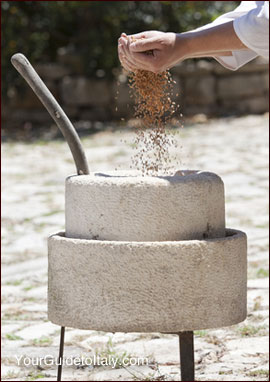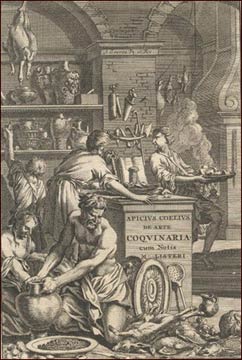While some of the most popular dishes associated with the Italian culture include a tempting slice of pizza and a heaping plate of pasta, there is much more to the world of Italian cooking. Throughout the many regions in Italy, the distinctive cuisine of the Italians shines through in a wide-range of eating habits, styles of cooking, and selection of local ingredients. The changing of the times has also influenced Italian food, as the meals served in the pre-Roman era possess both similarities and differences in the cuisine of today.
.
.
.
.
The culinary history of Italy established a reputation more than 2,000 years ago, which includes an illustrious movement during the Roman Empire. Culturally, food preparation was quite important in the past where flashes of significance have been captured in the only surviving cookbook (Apicius), which dates back to the first century BC.
Also known as De re coquinaria, the name Apicius had long been associated with excessively refined love of food.
The Apicius is a collection of Roman cookery recipes, usually thought to have been compiled in the late 4th or early 5th century BC.
The name does not refer to the author of the book, but is based on the fact that one of the two manuscripts is headed with the words "API CAE". Per association it came to be known as Apicius, apparently from the gourmet reputation of an eponymous bearer of the name, Marcus Gavius Apicius, who is sometimes mistaken as the author of the book.





